Requirement: one demo
Let's imagine your demo is called platypus.dm_26
Put your demo into the folder /mme/demos.
Start jaMME with the launch_jaMME.cmd.
Go to the demos menu and find platypus, then doubleclick it. The demo loads. When it finished loading, it plays in recorder's pov.
Press C to pause the demo - it always helps to get an overview and you do most of the editing in the pause mode.
There also are three editing modes: Camera, Chase and Timeline. I will only talk about the Camera mode now. We will go through 3 processes:
1. Create keypoints for a camera path
2. Check the path and do last adjustment
3. Capture the camera run
-----------------------------------------------------------------------------------------
Creating Camera Keypoints
-----------------------------------------------------------------------------------------
To edit the camera, you have to be in the camera editing mode. You activate it by pressing "1". To see what you are doing you have to be in camera view as well. With the keys X and Z you cycle through the three views until it says "View: Camera".
Now I will tell you the basic controls. Hold down mouse1 to be able to move around. You always must have mouse1 (+attack) pressed in order to move in any way. You move with W, S, A, D in all directions, CTRL is move down and the spacebar lifts you up. Surely that is not hard, but you are not bound to player limits, you can spin in every direction, so be careful that you don't end up everything mirrored.
Time control. Shift is the time-key. Hold down shift and move your mouse to the left and right to adjust the time. This is how you go forward and back in demos. If you want it to be faster, you can jump in 4-second-steps forward and backward: Hold down shift, then tap A to jump 4 seconds back or tap D to jump 4 seconds forward. You can adjust the time that you jump forward or backward with the cvar mov_seekinterval. Default is set to 4000 miliseconds.
Now we will start with the first keypoint.
Move to the time in the demo where you want your camera run to start. Then set up a camera angle with a nice view on the player.
1. Press V to create a new camera keypoint.
2. Now you will create more keypoints for the whole run:
Hold shift again and go forward in time until the point when you want to have the next keypoint (That surely will be either if the camera stays too far away from the player or the player moves out of view). Hold mouse1 down again, move to the position you want your next keypoint at and press V. Repeat this as often as you want to create your run.
Don't do the keypoints too fast after each other. One per 2 seconds often fits. If you do too many, it will look very weird and not smooth anymore. If you don't do enough of them, the camera will follow the player too straight and that might be through walls, so always do keypoints on corners.
Now you have a complete run, you will see a red line that shows the way of the camera. The red 3-dimensional crosses are your keypoints. The camera path does not touch all of them.
-----------------------------------------------------------------------------------------
Minor Keypoint Adjustment
-----------------------------------------------------------------------------------------
When placing the keypoints, the view might be a slightly different from the view from "inside" the camera. To check how your camera run looks from the "inside", press R. Your view will be locked to the camera path. Now it is time to test your path for the first time. With the keys Q and E you can go through all your keypoints. So press Q several times until you reach your first keypoint or hold it down to be even faster. Now press C to unpause the whole demo and watch the camera go along its path until the last keypoint. Then pause the demo again.
You might have seen, the camera keypoints are not exactly in the position you want them at. Go back to the first keypoint, still with the view locked to the camera.
Now, just hold mouse1 and adjust the position of the keypoint. You do that with every keypoint once now, that is done in like 1 second for each.
One more very cool function: Roll. When adjusting a keypoint, hold down mouse2 and move your mouse to the left and the right to set the roll of your camera. Nothing more to say to it, you can edit that for every single one ![]()
When you have finished adjusting all keypoints, your camera run is finished. Time for...
-----------------------------------------------------------------------------------------
Capturing your camera run
-----------------------------------------------------------------------------------------
Now when you want to capture, you should know if you want to have any motion blur or not. mme_blurFrames defines motion blur strength. 0 is no motion blur and I think 32 is the max needed. You won't see differences above 32 anymore.
There are three kinds of blur included. They are triangle, median and gaussian. They are not easy to describe. Test them yourselves please. You define them by setting the cvar mme_blurType. Default: "\mme_blurType gaussian"
If you want motion blur:
Open the console, type "\mme_blurFrames <number>", press enter. Values between 12 and 32 give nice motion blur, but for the lower values, it still lets you see frame edges.
Now you want to start capturing. Your demo still is paused, you go back to the very first keypoint, the view shall be locked to the camera path now, else nothing will happen.
Open the console and define how many frames per second you want. I recorded this clip with 30, motion blur is already included, so I typed:
"\capture tga 30 BasicCam".
Before you unpause the demo, to get rid of the visible path line and the information in the upper left corner, hit the 4.
Another useful feature is soundcapturing, it is included since version 1.5. If you have the cvar "mme_saveWav" set to 1, an uncompressed wavefile will be saved in the same folder as the screenshots.
After you unpause the demo capturing will start, the screenshots will be saved in the folder mme\capture\platypus\ and be named BasicCam0000000001.tga and so on.
Note: Capturing only happens when the demo is not paused.
The capturing of course takes a while, if you should not have known, capturing does not happen in real-time ;D
When the path ends and your camera stands still, type "\capture stop" into the console. Your finished capture should be in the quake3\mme\capture\platypus folder. You should bind at least the capture stop command for later recording.
If you are unhappy with the camera path, just get the camera view locked and check every keypoint, change its position or roll. If you want to delete a keypoint, press B.
If you want to delete all camera points, you can type "\camera clear". Be careful with that, it doesn't ask before doing it. To show a list of all camera commands, only type "\camera" and press enter.
You save all your camera points while in the demo with the command "\save CameraTutorial". Then the config file is placed into a folder called project. If you want to load a project into any other demo, put it in the right folder any type "\load <name>". Done.
Note: Saved paths work on a per map basis not per demo, so you can re-use paths in other demos with the map if you need.
-----------------------------------------------------------------------------------------
Quick Setup
-----------------------------------------------------------------------------------------
Quick key commands list also see: mmedemos.cfg
(Print this out for easy caming while learning!)
C = Pause
1 = Enter camera mode
X, Z = Cycle views [Camera, Chase]
W,A,S,D while holding mouse1 = Move the camera
CTRL = Move down
SPACEBAR = Move up
SHIFT + move the mouse = Time control
V = Create keypoint
B = Delete keypoint
R = View camera's perspective
Q, E = Change to other key points
mouse2 + move the mouse = Camera roll
4 = Get rid of all HUDs
\mme_blurFrames [0 - 32] .. higher is more blendy
\capture tga 30 cam1 [format, fps amount, screenshot filename]
\save project1
\load project1
Quick setup for capture (by fei)
1. Load jaMME with the .cmd
2. Exec your high_quality.cfg
3. cl_noprint 1; cg_thirdperson 0 (just in case)
4. \load cam1 (Whatever was the file name that you saved your cam path before)
5. Navigate in your demo to the time when the cams start, then hit "C" to pause
6. Hit "1" to go into Camera edit mode
7. Hit "X" till you get to Camera view mode (Free flight, sorta like defrag)
8. "Q" and "E" to navigate through the keypoints
9. Hit "R" to get into the camera perspective
10. Hit "4" to remove the junk from the screen.
11. \capture tga 30 cam1
12. \mme_blurFrames [0 - 32 is a good range] to set your motion blur amount
13. Hit "C" to unpause and begin capturing
14. In windows: all you need is a simple vdub script with framerate set to your final project fps.
Greetings, John
Credits: John "auri" and fei; original: link.


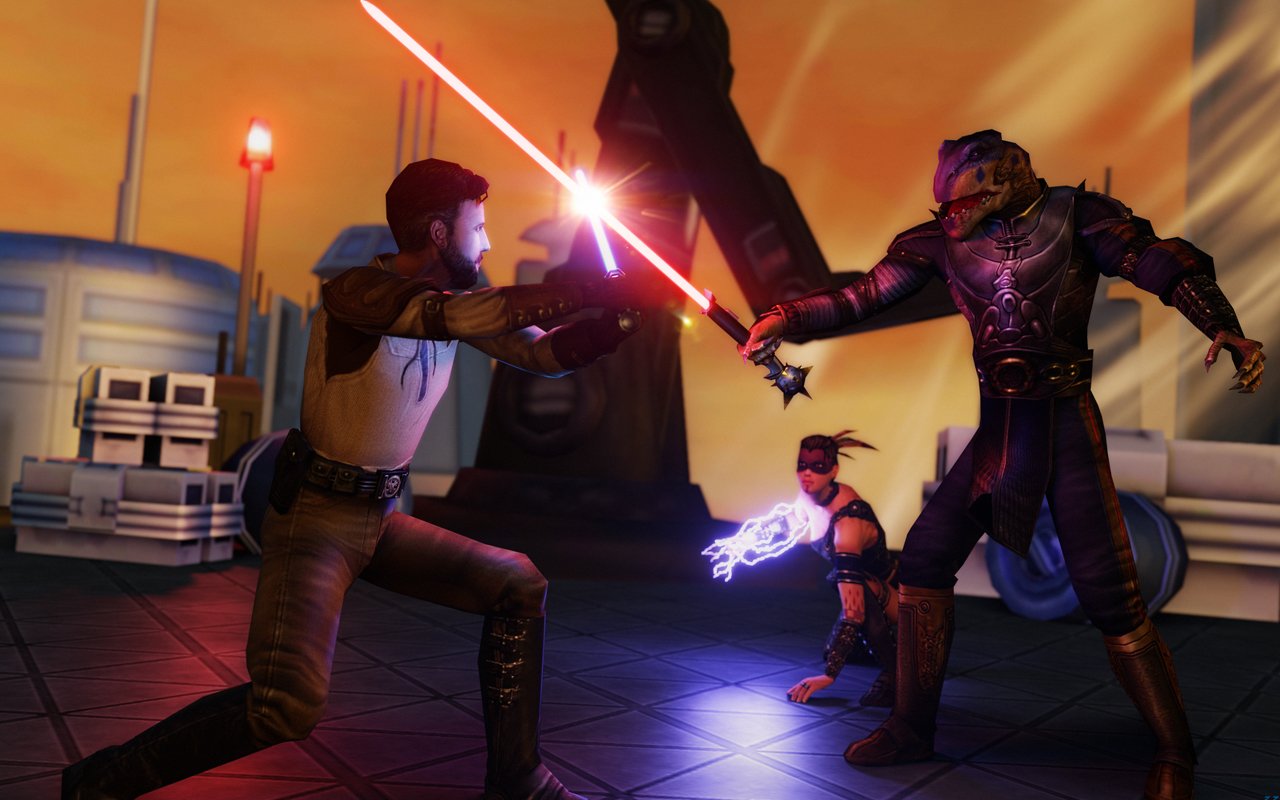
 1st Place Winner Reepray with Rishi Station 2,
1st Place Winner Reepray with Rishi Station 2,  2nd Place Winner chloe with Oasis Mesa, and
2nd Place Winner chloe with Oasis Mesa, and  3rd Place Winner Artemis with TFFA Brutal! Amazing submissions by everyone!
3rd Place Winner Artemis with TFFA Brutal! Amazing submissions by everyone!
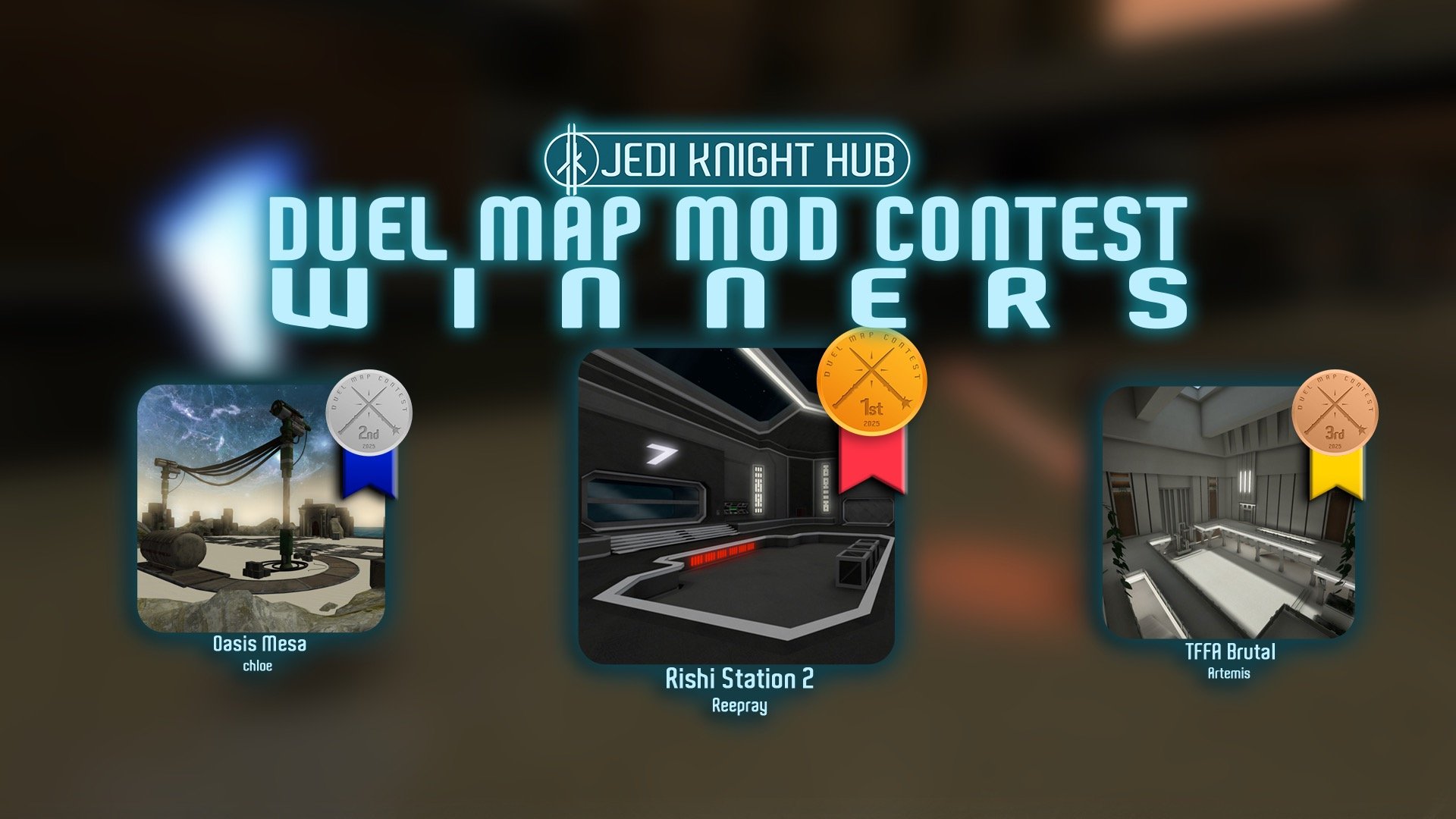

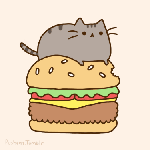
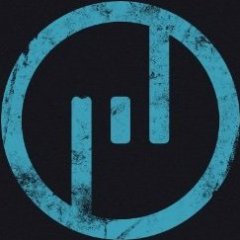
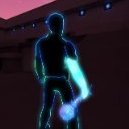



Recommended Comments
There are no comments to display.
Create an account or sign in to comment
You need to be a member in order to leave a comment
Create an account
Sign up for a new account in our community. It's easy!
Register a new accountSign in
Already have an account? Sign in here.
Sign In Now